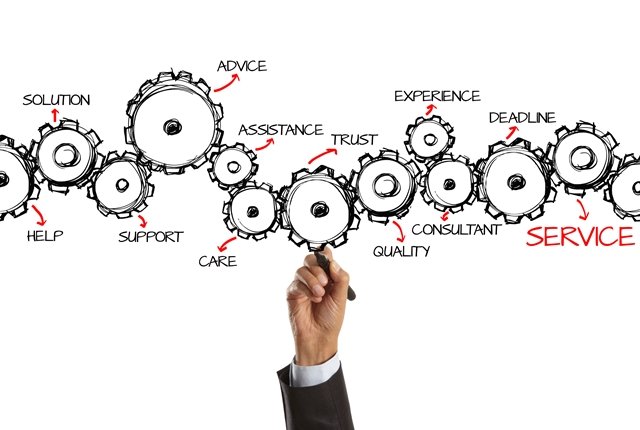Your Business Model
All businesses work through a flow of activities that connects the different parts of the business into a whole.
For most businesses, this connectivity or “business model” evolves over time. When they open their doors, they might be concentrating on producing their product or services to create a value proposition, and then they go to market and suddenly have to think about customers. As they interact with customers, they realise there are flaws in the distribution channels, which cause customer relationship issues.
In time, a hodge-podge of “how things work” and “how things work together” get boiler-plated together. No wonder some businesses look and feel inefficient and the various components of their business betray their publicised “brand.”
Let me give you an example.
I recently consulted to a hospitality business that put their brand out as “innovative and service oriented.”
When you checked into their hotel, the receptionist was welcoming and well trained, giving details about the hotel services. Ah, you think, their customer service is great.
Then as you unlock your door, you find a nice clean room, but it looks a little old and shabby. Hmm, you think their value proposition doesn’t quite match the promise of their customer relationships.
The next day, you come back and find all but one of the towels have been changed. You wonder why they forgot one towel, clearly their key activities are not in sync with the rest of their business.
Your Business Model has to be part of your business strategy, and should be designed even before you start your business, to describe exactly how each component of your business will work and work together to deliver value to your customers.
Watch this video, and then download the free worksheet to design and document your own business model.
While each business is different, the components are the same:
- Customers – who they are and how you serve them;
- Value proposition – what you sell and why it’s different;
- Channels – every touchpoint where you meet your customer;
- Customer relationships – how you nurture your customers;
- Revenue streams – the actual sources of revenue for your business;
- Key resources – the key resources required to provide the service and run the business;
- Key activities – what processes are key in creating and providing value;
- Key partnerships – who do you have to work with to provide core value; and
- Cost structure – how you actually make a profit.
When you startup it is very important to be clear about these components and to design them to fit together so that your business runs like a well oiled machine, and all aspects of it say the same thing. It is one of the key learnings in my online video training course called “How To Start Your Own Business” available from my website teikoh.com (click on the Products tab).
Also, The Business Model Canvas is a free resource that you can obtain from here.
As usual, the fun starts when you apply this knowledge. Download the free worksheet and work through it, then tell me what you think about your results!






No comments yet.
Add your comment